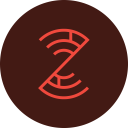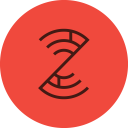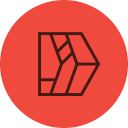Navigating the Darknets: Analyzing Differences and Associated Risks
February 04, 2025
While the Onion Router (TOR) is the most well-known dark web network, there are a number of other networks that have been developed which are used for various different reasons, while these sites do have some legitimate users and use cases, the anonymous nature of these networks also makes them attractive to criminal and other illicit actors. In this blog, we will explore some of the different networks that are available and how they are used by criminals.
The History of the Dark Web

The birth of the dark web can be traced back to the early 1990s when researchers at the United States Naval Research Laboratory (NRL) began exploring ways to create anonymous and secure communication channels. Driven by the need for a secure, untraceable network for intelligence communications, the NRL researchers, laid the groundwork for what would become known as onion routing.
This project became the foundation of the darkweb, a network within the broader internet that required specialized software to access. Its origins were rooted not in cybercrime or illicit activities, but in the need for strong anonymity and privacy for sensitive governmental communications.
Although superseded by Freenet, which was launched in 2000 by Ian Clarke, a computer science student at the University of Edinburgh, to offer anonymous and censorship-resistant content sharing and communications, the Onion Routing Project was released publicly, in 2002, as Tor (The Onion Router). By making the software freely available, the NRL aimed to create a more robust and diversified network, one where traffic would be harder to trace due to the increased number of users. This move allowed civilians, journalists, and other non-government users to benefit from the anonymity that Tor provided, thereby expanding the user base and enhancing network security through sheer volume. Tor’s release as an open-source software encouraged further development by a global community of privacy advocates and researchers, transforming Tor into a more versatile tool over time.
The public release of these tools as well as the advent of blockchain technology allowed for more of these networks to be developed over time, each being accessed in a slightly different way and used in different ways by different types of individuals.
Different Dark Web Networks
We will explore nine different dark web networks that are currently available, reviewing how they work, how they are accessed and how they are used by criminals. Although there are many networks it is worth noting that they do not all serve the same function and they are not all equally popular.

Tor (The Onion Router)
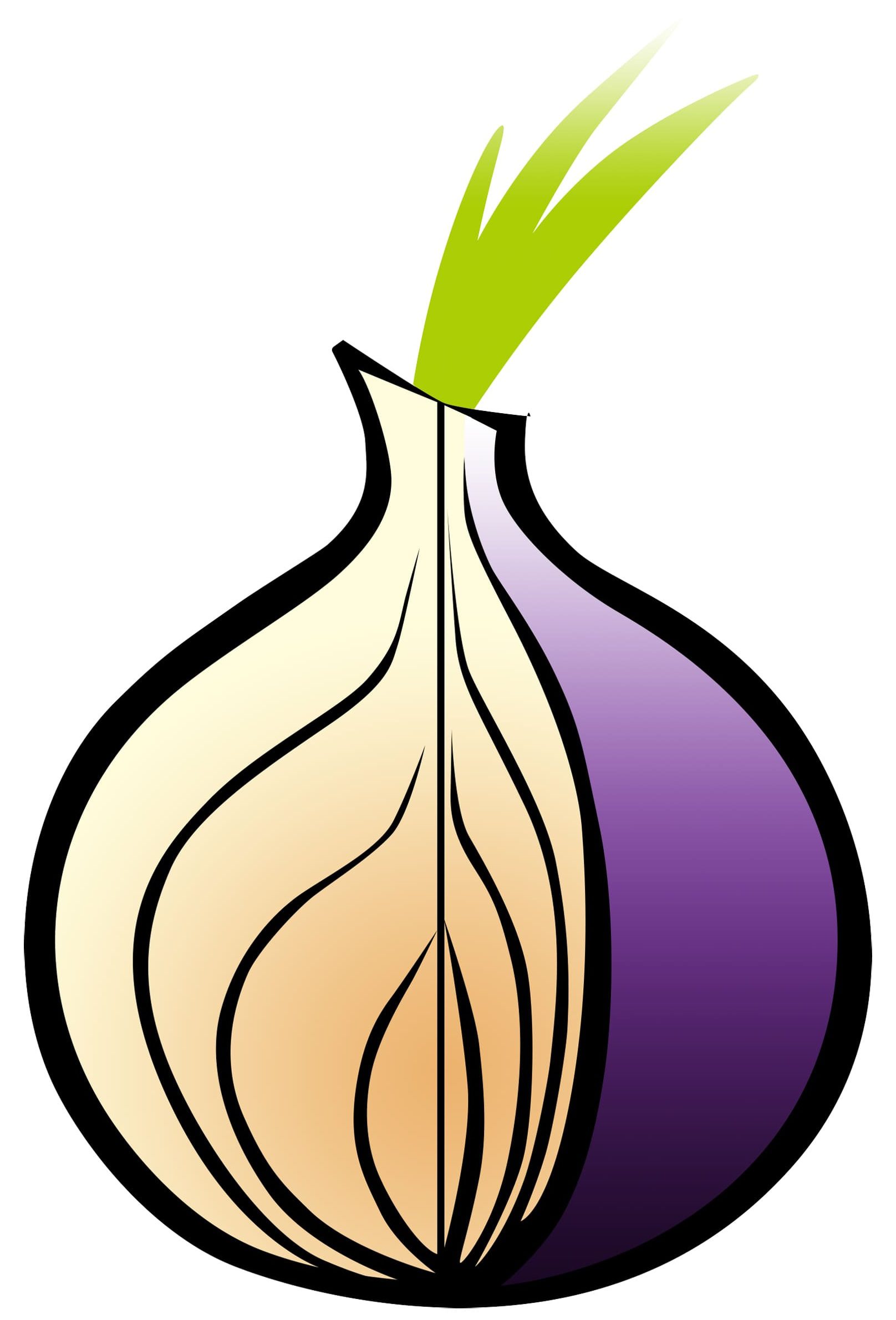
Tor is the most well-known anonymizing network that helps users maintain privacy and anonymity online. It routes your internet traffic through a series of volunteer-operated servers (called nodes), making it difficult to trace your online activity. Websites accessed via Tor use the “.onion” domain, providing anonymity for both users and hosts. The network is run by a not for profit who prioritize privacy. However TOR is also widely used by criminals to buy and sell illicit goods and activities. It is also used to share CSAM and adult materials. It has also famously been used to advertise hitmen.
- Creation Date: 2002
- Created By: Tor was initially developed by the U.S. Naval Research Laboratory to protect government communications. The project was later released to the public in 2002 to promote privacy and anonymity online.
- Access Method: To use Tor, you must download and install the Tor Browser, which routes your web traffic through the Tor network.
- Key Features: High privacy, decentralized, resistant to censorship, ideal for users who need anonymity.
I2P (Invisible Internet Project)
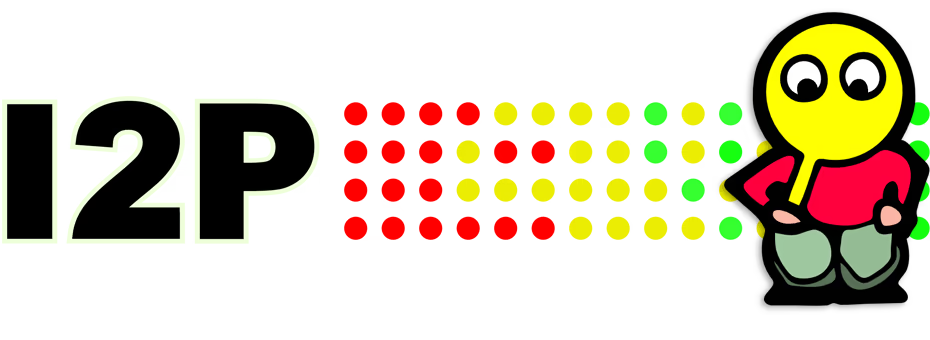
I2P is an anonymizing network, known as eepsites, designed to offer privacy and censorship resistance, particularly for hosting and accessing “hidden” services. Unlike Tor, which is more focused on browsing the surface web anonymously, I2P is optimized for internal, peer-to-peer communication. For this reason it can be popular with individuals wishing to communicate directly. It is known to be sued for sharing CSAM material, but the network also hosts marketplaces and forums similar to TOR.
- Creation Date: 2003
- Created By: I2P was created as an anonymizing network by a group of developers led by a person known as “Zer0.” It was designed as a secure alternative to the Tor network, focusing more on peer-to-peer communication and internal services.
- Access Method: To access I2P, users need to download and install the I2P software, which establishes a network of encrypted tunnels for communication.
- Key Features: Decentralized, highly anonymized peer-to-peer services, primarily used for file-sharing and private communications.
ZeroNet
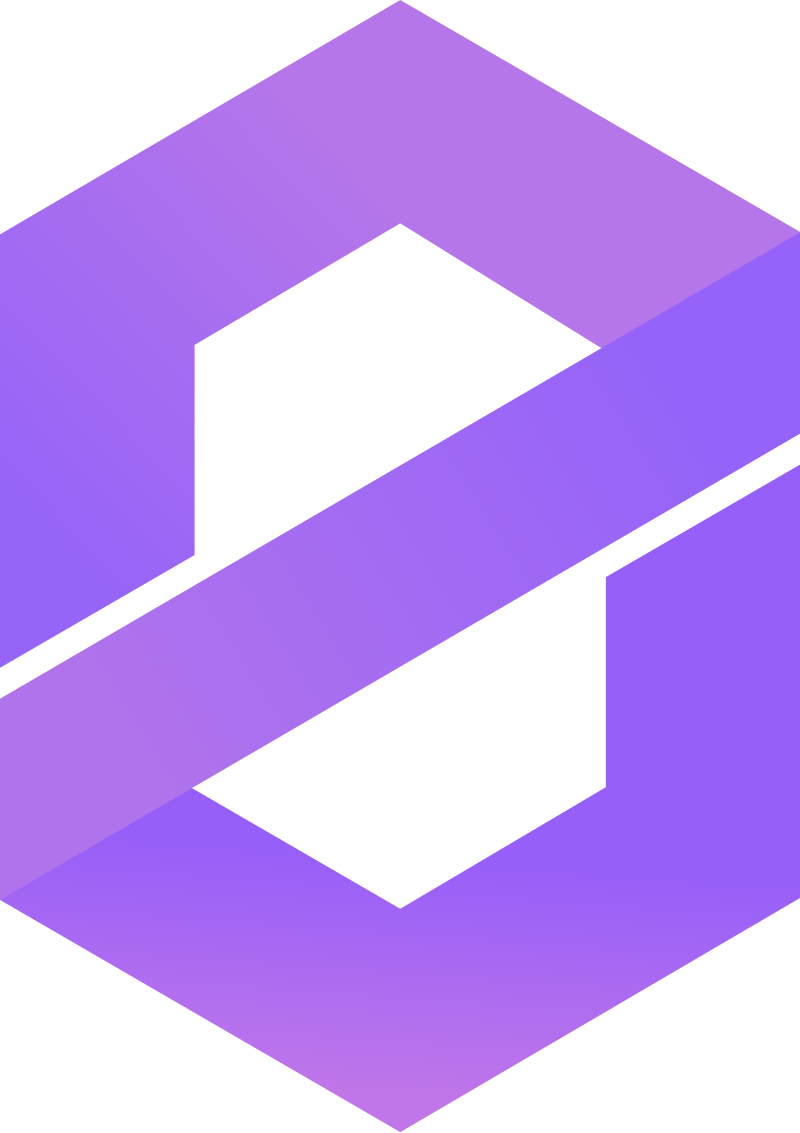
ZeroNet is a decentralized, peer-to-peer network that uses blockchain technology to host websites. Sites on ZeroNet are resistant to censorship and operate through distributed nodes, meaning that users don’t rely on central servers. It uses Bitcoin’s blockchain for verifying content and uses the BitTorrent protocol for content distribution. This can make it very difficult to identify new content.
- Creation Date: 2015
- Created By: ZeroNet was created by an anonymous developer, “Zero,” and leverages the BitTorrent protocol and blockchain technology to provide decentralized websites that are resistant to censorship.
- Access Method: Users need to install ZeroNet software and can then access ZeroNet websites, which often use the “.bit” domain.
- Key Features: Blockchain-based, decentralized, resistant to censorship, peer-to-peer file sharing.
Freenet

Freenet is a decentralized, peer-to-peer platform designed for anonymous browsing and file sharing. It allows users to publish and access content in a way that is both private and resistant to censorship. Freenet operates on a distributed network where data is stored in a way that’s anonymous and cannot easily be removed. Criminals use Freenet to share illegal files, including pirated content, child exploitation material, or stolen intellectual property, with a high degree of anonymity. It can also be used to communicate anonymously.
- Creation Date: 2000
- Created By: Freenet was launched in 2000 by Ian Clarke, a computer science student at the University of Edinburgh. It was developed to offer anonymous and censorship-resistant content sharing and communications.
- Access Method: Users download and install the Freenet software, which enables them to access “freesites.”
- Key Features: Censorship-resistant, decentralized, peer-to-peer, focused on anonymity and privacy.
Loki (Oxen)
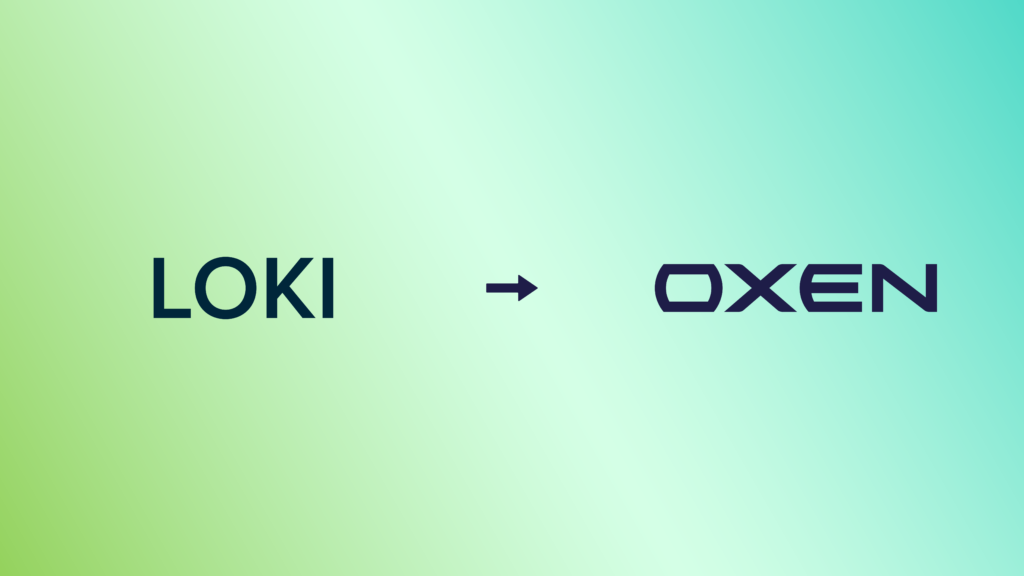
Loki, now known as Oxen, is a privacy-focused cryptocurrency and decentralized platform. It uses the Oxen blockchain and features the Loki network, which facilitates private messaging, anonymous transactions, and secure browsing. Oxen enables users to create decentralized applications (dApps) that offer privacy and anonymity. Oxen can be used to conduct cryptocurrency transactions for illicit reasons and to communicate anonymously. The apps can also be used to create darkweb marketplaces and forums.
- Creation Date: 2017
- Created By: Created as a privacy-focused cryptocurrency and platform to offer secure, anonymous communication. The Oxen (formerly Loki) project was launched in 2017 to provide privacy-enhanced features, including secure messaging and decentralized apps.
- Access Method: Users can interact with the network using the Oxen wallet or by utilizing the Loki Messenger app, which is designed for private, encrypted communication.
- Key Features: Privacy-centric, anonymous messaging, decentralized, uses blockchain for secure operations.
Yggdrasil

Yggdrasil is a decentralized, encrypted mesh network aimed at offering secure, encrypted, and anonymous communication. It is an experimental, overlay network that seeks to integrate the concepts of privacy, anonymity, and security into a global decentralized infrastructure.
- Creation Date: 2016
- Created By: Yggdrasil Computing, Incorporated, a company founded by Adam J. Richter in Berkeley, California, developed the Yggdrasil Linux/GNU/X (LGX).
- Access Method: Yggdrasil operates as a virtual network overlay and requires the installation of specific software to connect to it.
- Key Features: Peer-to-peer, encryption, decentralized communication, secure and private.
IPFS (InterPlanetary File System)
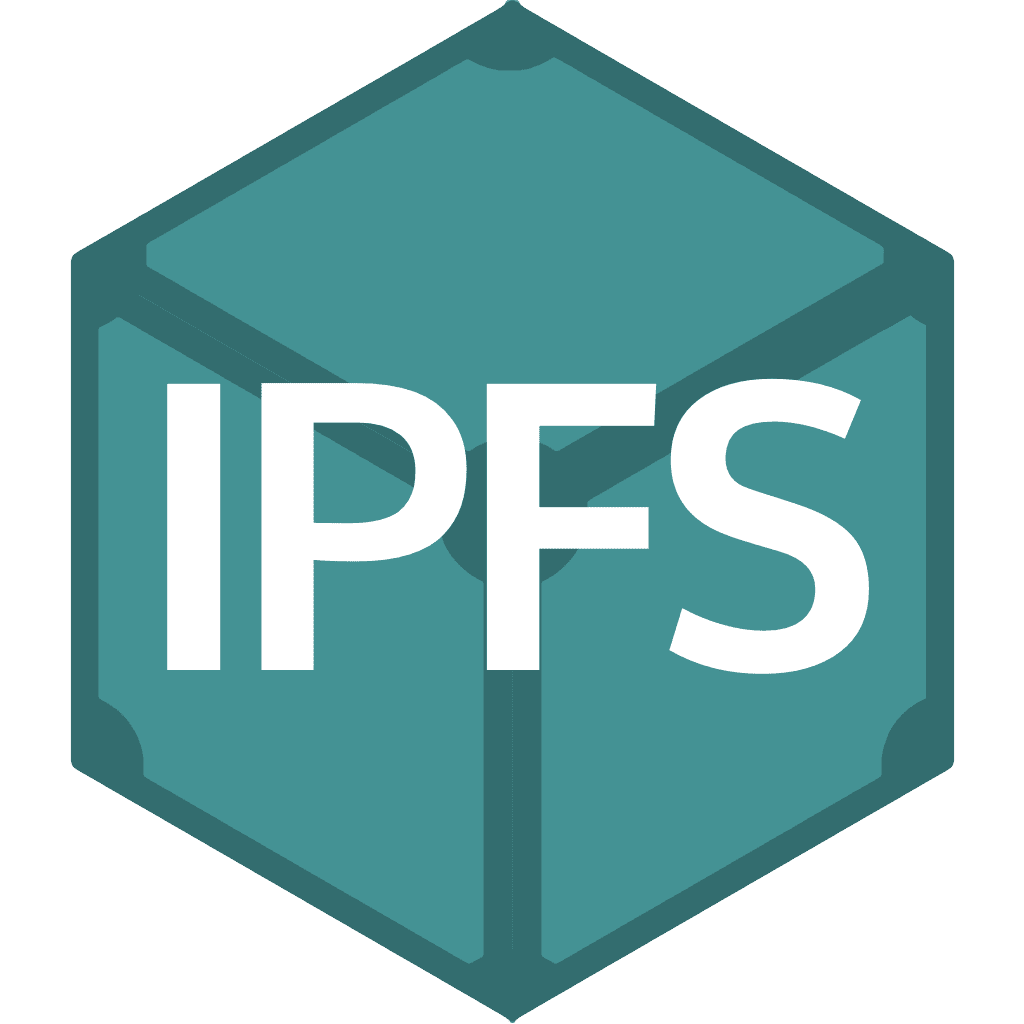
IPFS is a peer-to-peer protocol and network designed to make the web faster, safer, and more open by creating a decentralized file system. It allows for the storage and sharing of data in a distributed way, meaning that files are not stored on central servers but instead across the network. This can make it attractive to criminals who are wishing to share stolen data.
- Creation Date: 2015
- Created By: IPFS was proposed by Juan Benet and launched in 2015. Its goal is to create a distributed, peer-to-peer file system that makes the web faster, safer, and more open by using a decentralized model.
- Access Method: To use IPFS, you need to install an IPFS client and access data stored across the distributed network.
- Key Features: Decentralized file storage, censorship-resistant, peer-to-peer, versioning of files, faster content delivery.
Unigrid
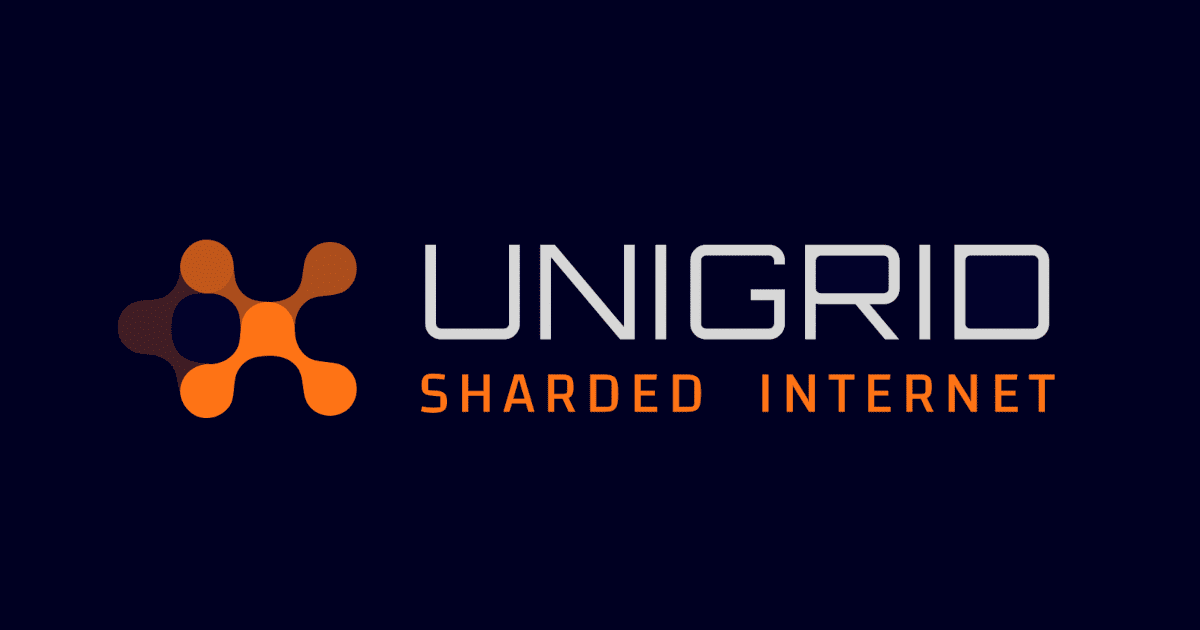
Unigrid is a decentralized, secure, and censorship-resistant platform that focuses on providing internet access and data storage through peer-to-peer networks. It aims to offer a unified and decentralized infrastructure to facilitate hosting and accessing content across the web.
- Creation Date: Unigrid does not have a widely recognized specific creation date or public history, as it is a relatively obscure and niche decentralized project. However, decentralized grid computing projects like Unigrid began emerging around the mid-2010s in response to growing interest in distributed infrastructures.
- Access Method: Users can interact with Unigrid through decentralized applications that are built on top of its infrastructure.
- Key Features: Decentralized, peer-to-peer, secure, censorship-resistant.
Mysterium
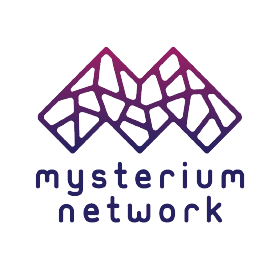
Mysterium is a decentralized VPN and proxy service that allows users to securely access the internet while maintaining privacy. The Mysterium network is built using blockchain technology and is powered by a global network of nodes. Users can choose to either be consumers of VPN services or providers.
- Creation Date: 2017
- Created By: The Mysterium Network was founded in 2017 by a group of developers and entrepreneurs who wanted to create a future where users could access information freely
- Access Method: Users can download the Mysterium VPN app and select from a range of available nodes in the network to securely browse the web.
- Key Features: Decentralized VPN, privacy, blockchain-based, secure internet access.
Conclusion
Many different dark webs exist, although they were primarily created in order to allow users to anonymously access the internet, to protect privacy and defeat censorship as well as ensuring there are decentralized network that are not controlled by one organization.
However these features mean that these networks are also attractive to criminal users. Although each are used to a different degree, each of them are used in a similar way to conduct similar activities. However as law enforcement becomes more successful at taking down sites hosted on TOR, it is likely that criminals will move to other networks and other means of communications to conduct their criminal activity.
Curious about DarkOwl’s coverage? Contact us.
Explore the Products
See why DarkOwl is the Leader in Darknet Data
Products
Services
Use Cases






